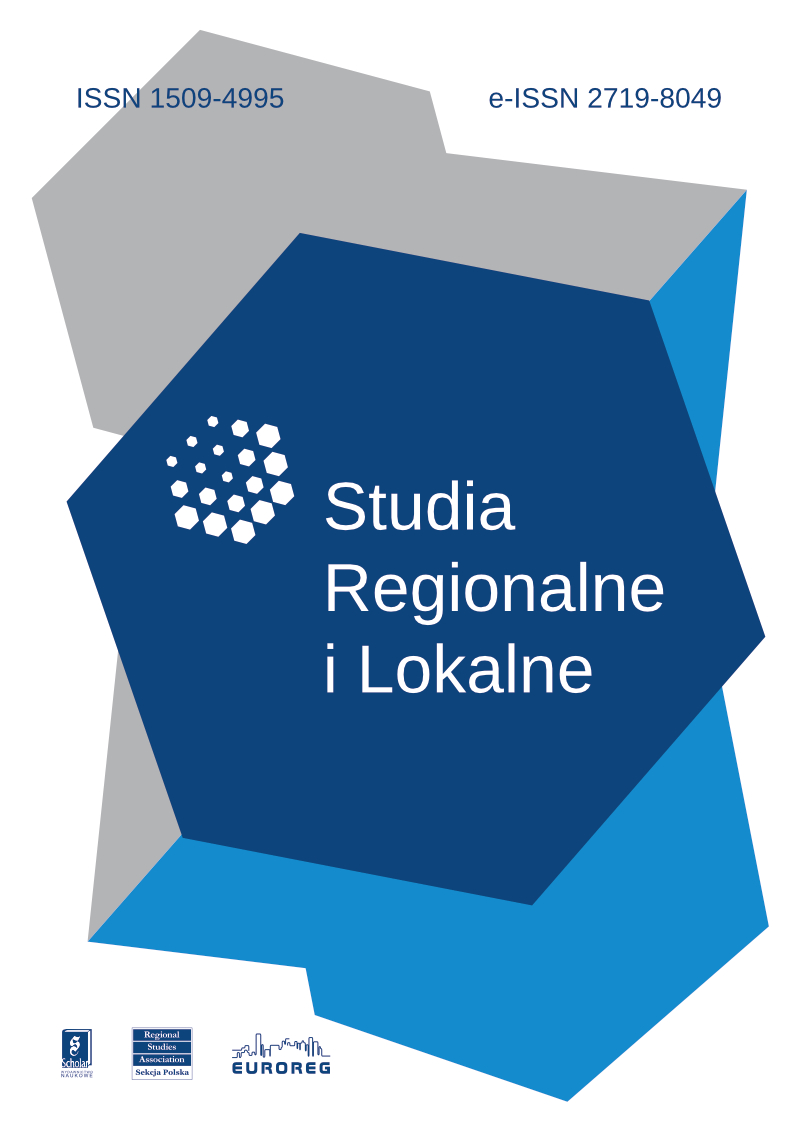Ocena atrakcyjności działań na rzecz zwiększania zatrudnienia dofinansowywanych z funduszy UE (na przykładzie wybranych gmin województwa wielkopolskiego)
Fundusze Unii Europejskiej stanowią istotne źródło pomocy finansowej na rzecz zwiększania zatrudnienia. Wiele działań dofinansowywanych zarówno z funduszy strukturalnych, jak i inicjatyw wspólnotowych oraz programów wspólnotowych jest skierowanych do gmin, które, jako samodzielny beneficjent lub partner w projekcie, mogą wpływać na polepszenie sytuacji na lokalnym i regionalnym rynku pracy. Jednym z istotnych czynników wpływających na skalę zaangażowania w inicjatywy na rzecz zwiększania zatrudnienia jest sposób postrzegania przez beneficjentów atrakcyjności tych działań. Dlatego też w niniejszym opracowaniu przedstawiono wyniki badań, w których przeanalizowano i oceniono stosunek gmin do przedsięwzięć odnoszących się do rynku pracy, dostępnych w ramach programów UE. Umożliwiło to identyfikację inicjatyw postrzeganych przez gminy jako najbardziej pożądane, w największym stopniu przyczyniające się do zmniejszenia bezrobocia, oraz działań najmniej atrakcyjnych pod tym względem. Uzupełnieniem powyższych badań jest analiza oczekiwań badanych gmin dotyczących utworzenia nowych inicjatyw na rzecz zwiększania zatrudnienia, niedostępnych w ramach obecnych programów. Badania te pozwoliły z kolei na doprecyzowanie oceny, w jakim stopniu obecne inicjatywy odpowiadają potrzebom gmin. Dzięki temu określono, w jakim zakresie brak pożądanych działań stanowi czynnik ograniczający zaangażowanie w realizację aktualnie dostępnych przedsięwzięć w dziedzinie zwiększania zatrudnienia.
Attractiveness Analysis of Initiatives for Employment Increase Financed by European Union Funds (Example of Wielkopolska Voivodship)
European Union programs are a vital source of financial help in the field of employment increase. Such initiatives are available both in structural programs, Community Initiatives and Community Programs. A great number of them are designed for communities, which, as an independent beneficiary or a partner in a project, can influence the improvement of local and regional labour market situation. One of the essential factors which influence the commitment to the initiatives for employment increase is the way beneficiaries perceive their attractiveness. Therefore, in the article the author presented results of the research in which communities’ attitudes to each activity connected to a labour market, available in EU programs, had been analyzed and assessed. This allowed to determine the initiatives which are perceived as the most desirable and which, according to communities, can best contribute to decreasing of the unemployment rate, and the ones which are the least attractive in this respect. Another part of the above research is the analysis of communities’ expectations regarding creating new initiatives for employment increase, which are not available within the limits of the current programs. This scrutiny allowed to estimate more precisely to what extent current activities match communities requirements. These results made it possible to assess to what degree the presumable lack of desirable initiatives for employment increase constitutes a factor that limits the commitment to the implementation of the currently available initiatives
Affiliation:
Marcin Flieger: Akademia Ekonomiczna w Poznaniu (al. Niepodległości 10 61-875 Poznań)



